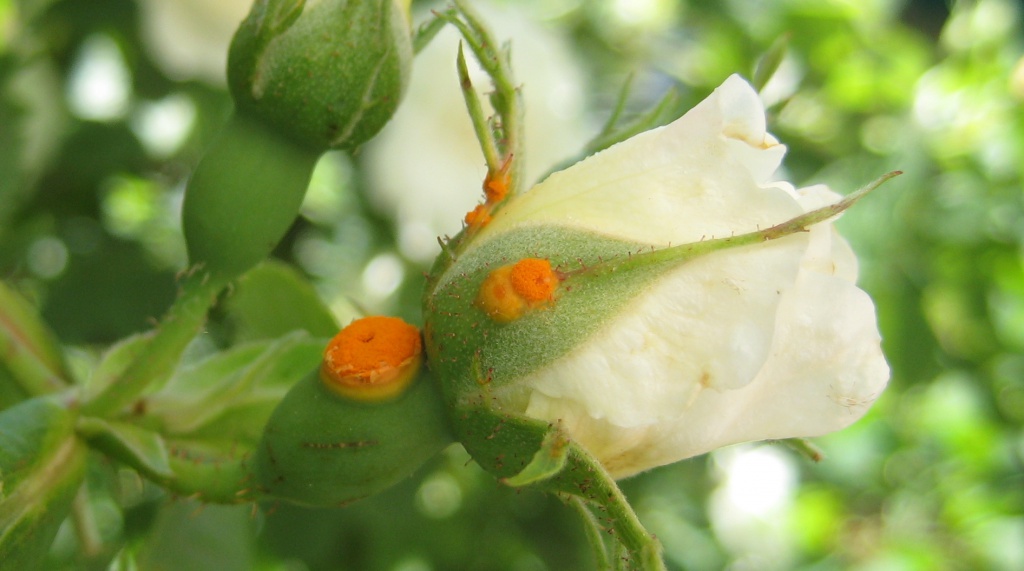 Rust is a dangerous fungal disease that can quickly cover a large plantation of roses, and is difficult to remove from the site. Unfortunately, this is a common disease, occupying the second place after powdery mildew in the frequency of defeat of roses.
Rust is a dangerous fungal disease that can quickly cover a large plantation of roses, and is difficult to remove from the site. Unfortunately, this is a common disease, occupying the second place after powdery mildew in the frequency of defeat of roses.
Content
Rust causes
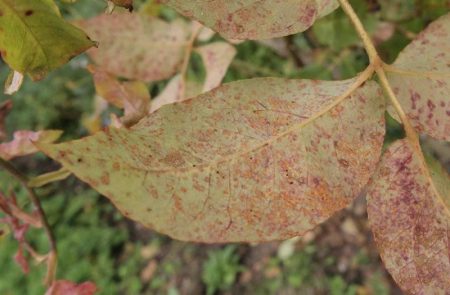 The disease is caused by several species of fungi of the genus Phragmidium - P. disciflorum, P. rosae-pimpinellifoliae, P. tuberculatum, the spores of which are distributed by wind and insects.
The disease is caused by several species of fungi of the genus Phragmidium - P. disciflorum, P. rosae-pimpinellifoliae, P. tuberculatum, the spores of which are distributed by wind and insects.
Rust most actively develops on bushes in the spring, when nature provides the best conditions for fungi - warm, windy weather and frequent rains. Even in the absence of precipitation, the awakening of the fungus can provoke heavy dew due to the large difference between day and night temperatures. The disease often affects greenhouse roses.
In the summer, with the establishment of hot weather, the fungus activity ceases, but if the season turned out to be rainy, the disease will quickly progress on the bush and be transmitted to neighboring plants. Spores tolerate winter well on plant stems, leaves, or in the topsoil.
One of the most significant factors contributing to the appearance of fungi is the excess of manure in the soil. Nitrogen nutrition in large doses leads to excessive and very rapid cell growth and, consequently, thinning of cell membranes. So their natural defense is weakened, not only fungi, but also other harmful microorganisms with a greater frequency affect nitrogen overfed plants.
Symptoms
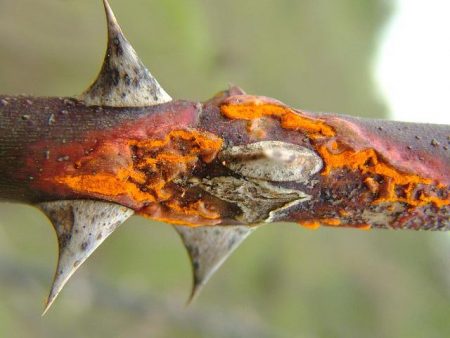 As a rule, the first signs of rust damage are visible on the bushes in mid-May. First, bright orange formations resembling pollen pads appear on the stems, and then on the back of the leaves. These are clusters of ecidiospores, which will turn dark in late August, which indicates the transition of the fungus to the sleeping stage for wintering.
As a rule, the first signs of rust damage are visible on the bushes in mid-May. First, bright orange formations resembling pollen pads appear on the stems, and then on the back of the leaves. These are clusters of ecidiospores, which will turn dark in late August, which indicates the transition of the fungus to the sleeping stage for wintering.
Red areas increase over time, spreading over the sheet, the plaque layer becomes thicker - formations grow up, taking the form of "columns". The disease can also affect petioles, pedicels, and rosebuds, but most of the spots will be on the leaves.
Due to the activity of fungi, the plant disrupts the processes of photosynthesis and, as a result, metabolism, intense loss of moisture occurs. Tissues in the places where the rust is affected thicken, shoots, leaves and buds are deformed. The leaves dry and fall, the bushes weaken, lose their resistance to adverse factors, stop blooming. The stems in the damaged areas crack, which can lead to the death of the rose.
Rust treatment
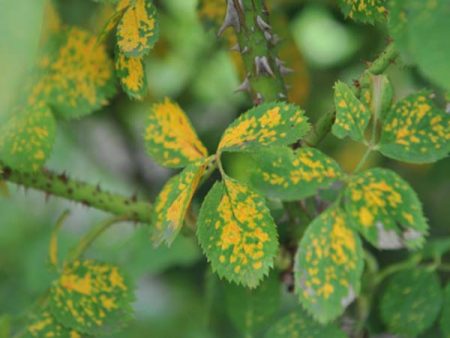 If signs of rust are found on rose bushes, a multi-stage treatment will be required, and even if all the required actions are performed, it is not always possible to completely remove the fungus.
If signs of rust are found on rose bushes, a multi-stage treatment will be required, and even if all the required actions are performed, it is not always possible to completely remove the fungus.
Treatment regimen:
- Immediately after the detection of the disease, the bush is inspected and all leaves and buds on which red plaque appeared are removed. Affected shoots are cut off over healthy tissue “with a margin." The procedure is carried out as new rust spots appear on the bush until completely cured. All cut parts of the plant should be burned.
- After the first pruning, it is necessary to process the bushes with means containing copper.
- Throughout the remaining time before the start of leaf fall, roses should be regularly sprayed with fungicides. Due to the ability of the fungus to develop resistance to the active substances of the drugs, it is recommended to use different means.
- Before wintering, regardless of the state of the plant, it is necessary to cut off all shoots (not only those where rust spots were found) on the infected bushes to the level of the third bud from the base.
- After falling leaves, thorough cleaning is carried out, cleaning the flower bed of plant debris (leaves, weeds, annuals, etc.). If at the time of installation of the winter shelter there were still leaves on the bush, you need to remove them yourself.
- The top layer of soil under the roses needs to be replaced, on top put a fresh layer of mulch.
- After removing the shelters in the spring and sanitary pruning of the bushes, it is necessary to spray with copper-containing agents.
Folk remedies against rust
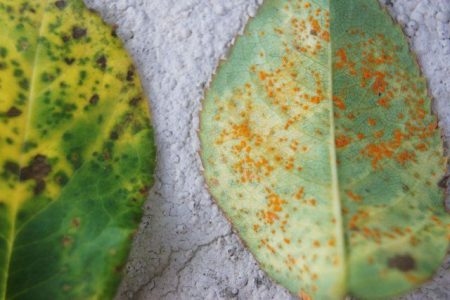 In the initial stage of the development of the disease, it is worth using folk remedies. In addition to copper-based agents, sulfur treatment, as well as soap with high alkalinity, will be useful for treating rust. If the disease does not develop, you should proceed to spraying with milder herbal infusions, which must be carried out throughout the season, even if the appearance of new spots on the leaves of roses is not observed.
In the initial stage of the development of the disease, it is worth using folk remedies. In addition to copper-based agents, sulfur treatment, as well as soap with high alkalinity, will be useful for treating rust. If the disease does not develop, you should proceed to spraying with milder herbal infusions, which must be carried out throughout the season, even if the appearance of new spots on the leaves of roses is not observed.
- Solution of copper sulfate. Dissolve 50 g of copper sulfate in a liter of hot water. The resulting liquid must be broken with 4 liters of cold water. This is a 1% solution of copper sulfate. For such a volume of funds, you can add 50 g of laundry soap.
Unlike a solution of copper sulfate, soap cannot be added to Bordeaux. But to extend the period during which the product will stay on the leaves and branches of the bush, it is possible due to sugar. 1 g of sugar should be dissolved in a liter of solution.
- Bordeaux fluid. A 2% solution of copper sulfate (100 g of substance per 5 liters) should be prepared. In a separate bowl, dilute lime with a small volume of water (2 times more than copper sulfate, i.e. 200 g), mix and add water, bringing the solution to 5 liters (i.e. to an equal volume with copper sulfate solution). After that, a solution of copper sulfate is poured, stirring, into a solution of lime. Get Bordeaux liquid at a concentration of 1%.
- Sulfur solution. To prepare 10 liters of product, you need 30 g of ground sulfur. It is allowed to use a mixture of sulfur with lime (slaked). Between treatments with sulfur should be paused for 10 days, a total of 3 sprayings are allowed.
- Soapy water. In 10 liters of hot water you need to dissolve 400 g of laundry soap (2 bars) and allow the product to cool. The solution can be used for 1-1.5 months, taking breaks of 2-3 days between sprayings.
- Infusion of wormwood. In a plastic or wooden (but not metal) ten-liter container, 400 g of crushed green parts of the plant are insisted (the raw materials must be fresh). The minimum infusion period is 24 hours. This is enough if the product is used for soil treatment - in this case, you need to water them with a rose. For processing the bush, the infusion should be kept for 14 days, strain and use, diluted in half with water.
- Nettle infusion. It is prepared according to the same scheme as the wormwood infusion, but a larger amount of raw materials is required (half a bucket of nettle per 10 liters of water), the raw materials need to be filled with hot water. Nettle infusion is kept for about 48 hours (can be longer), it should be used only for spraying.
- Horsetail decoction. 1 kg of chopped fresh horsetail is infused for 10 days in 10 liters of water, after which the infusion is boiled for half an hour, allowed to cool and filtered. For spraying rose bushes, the product is diluted with water in a proportion of 1:10.
Chemicals
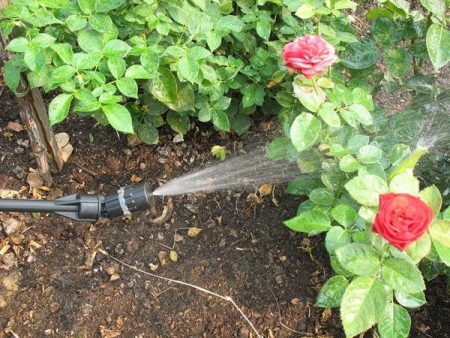 If folk remedies do not have a visible effect and the disease continues to progress, the use of chemical fungicides is required.
If folk remedies do not have a visible effect and the disease continues to progress, the use of chemical fungicides is required.
Rules for choosing a tool:
- As drugs based on copper, “Ordan”, “Abiga Peak”, “HOM” or “Oksikhom” will be a good option for the treatment and prevention of rust.
- Small lesions on the bush can be treated locally with Skor or Topsin-M preparations.
- In advanced cases, rose bushes should be sprayed with Propiconazole, Strobi, and Topaz.
The drug "Topaz" holds well on the surface of plants, so it is practical in case of the rainy season. Processing can be carried out 1 time in 14 days. However, the tool causes a slowdown in the growth of rose bushes, so it should be used sparingly.
Prevention
Fungal spores can be carried by wind over long distances, plant health in their garden and in neighboring areas cannot be a guarantee that rust will not appear on rose bushes. Therefore, the prevention of rust, especially the prevention of relapse, should be an indispensable element of caring for roses.
Rust Prevention
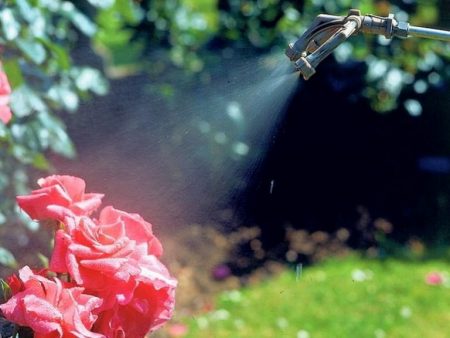 Proceed with the actions to protect plants should be from the beginning of spring, not stopping them before sheltering rose bushes for the winter.
Proceed with the actions to protect plants should be from the beginning of spring, not stopping them before sheltering rose bushes for the winter.
- Before budding, you need to spray the plants and the stem circle with a 3% solution of iron sulfate. It is possible to carry out treatment with fungicides "HOM" or "Oxychom".
- In May, on the eve of flowering, another fungicide treatment should be carried out. Well established in this capacity, “Falcon”.
- If the disease does not appear, spraying is repeated in late July or early August.
- The last treatment is carried out before the installation of shelters using iron sulfate (3%).
In subsequent years, if rust does not affect roses a second time, you can treat the bushes with infusions of wormwood or horsetail. Spraying with herbal remedies should be carried out more often than with chemical solutions, about once every 2 weeks, in case of precipitation - repeat them. In rainy periods, copper sulfate should be preferred, in addition, iron sulfate is recommended for the first and last treatments of the season (before shelter for the winter and after removal).
Resistant varieties
Even rose varieties resistant to fungi can be affected by the disease if weather conditions in the current season favor its development. But the likelihood of diseases of roses of these varieties with rust is much lower:
- Rosarium Uetersen
- "Jean Cocteau";
- "Elisa";
- "Perennial Blue";
- Tequila
- Bel Ange
- Virgo
- "Morena 2002";
- Sahara
- Rosenfee
- Santana
- "Dame de Coeur";
- Guirlande d’Amour;
- "Isarperle".
General recommendations
For rust prevention:
- The plant should receive high-grade potassium-phosphorus fertilizing, as well as micronutrient nutrition, primarily boron, calcium, magnesium, iron. Feeding with phosphorus before flowering, it is advisable to give the foliar way, this will enhance the protection of the bush from fungus.
- High-quality hygiene in the flower garden is required - cleaning fallen leaves in the fall and removing weeds during the season, sanitary pruning, and disinfection of equipment.
- Between rose bushes you can plant garlic, marigolds, yarrow or wormwood.
- It is worth refraining from watering roses by sprinkling.
The vitality and endurance of roses can be further supported by using growth stimulants and immunomodulators 2 times a year. Means “Charm”, “Epin”, “Zircon”, “El”, “HB-101” are suitable.
Even if the treatment yielded good results and all possible places of wintering of spores (fallen leaves, soil, affected parts of the plant) were eliminated, under favorable conditions, the fungus often returns to the garden next year. Therefore, plants with high vulnerability to the pathogen that have been ill for more than a year, it is advisable to destroy.

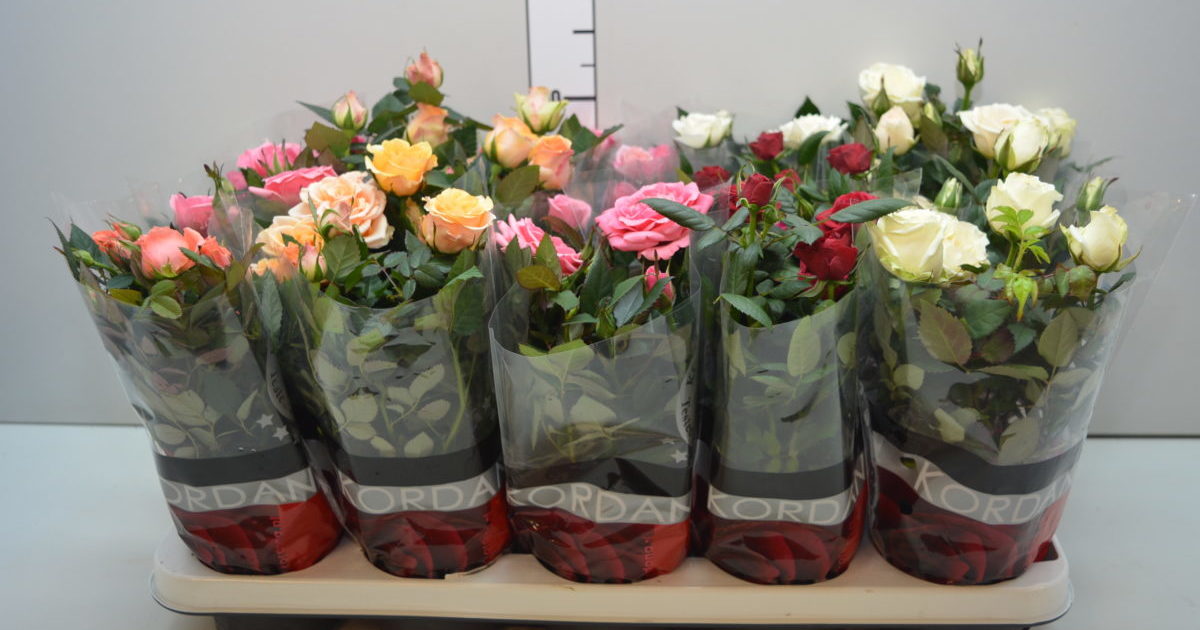
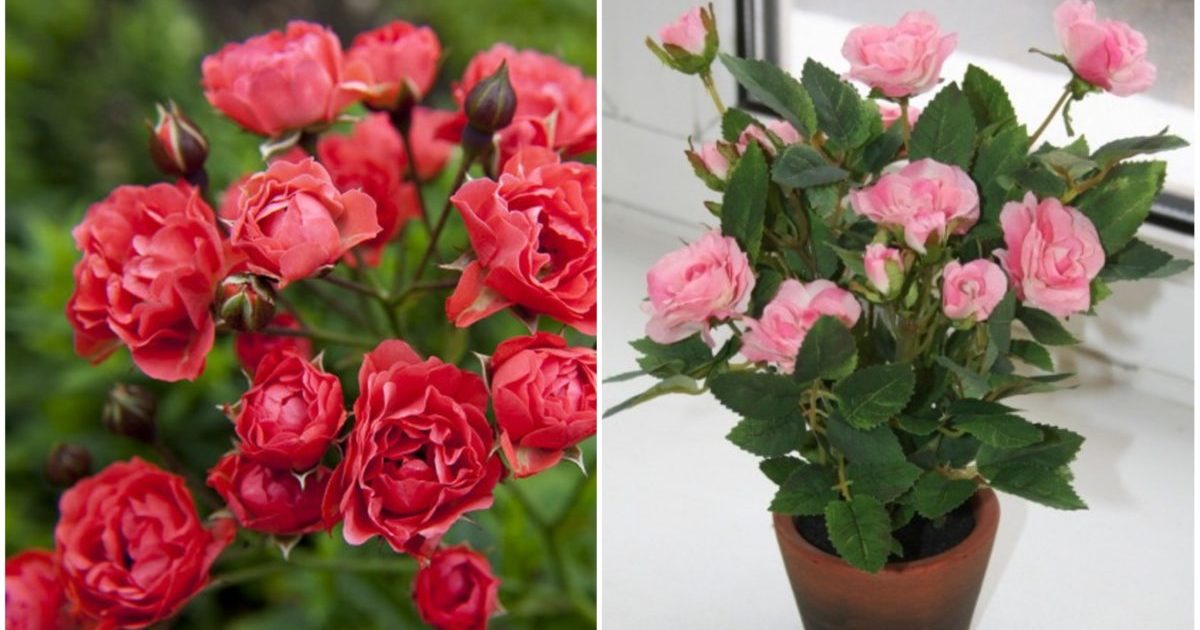
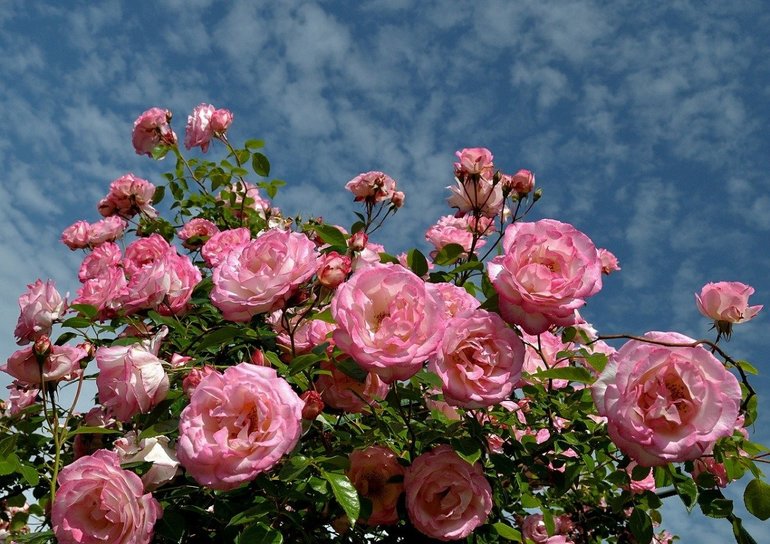
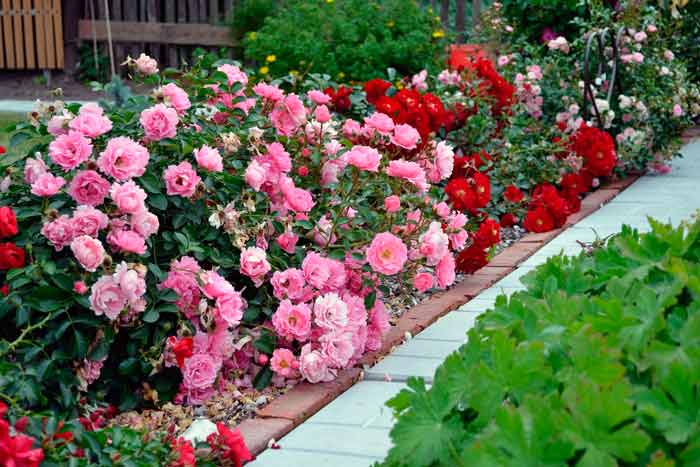 Shelter of roses for the winter: at what temperature does the robot hold
Shelter of roses for the winter: at what temperature does the robot hold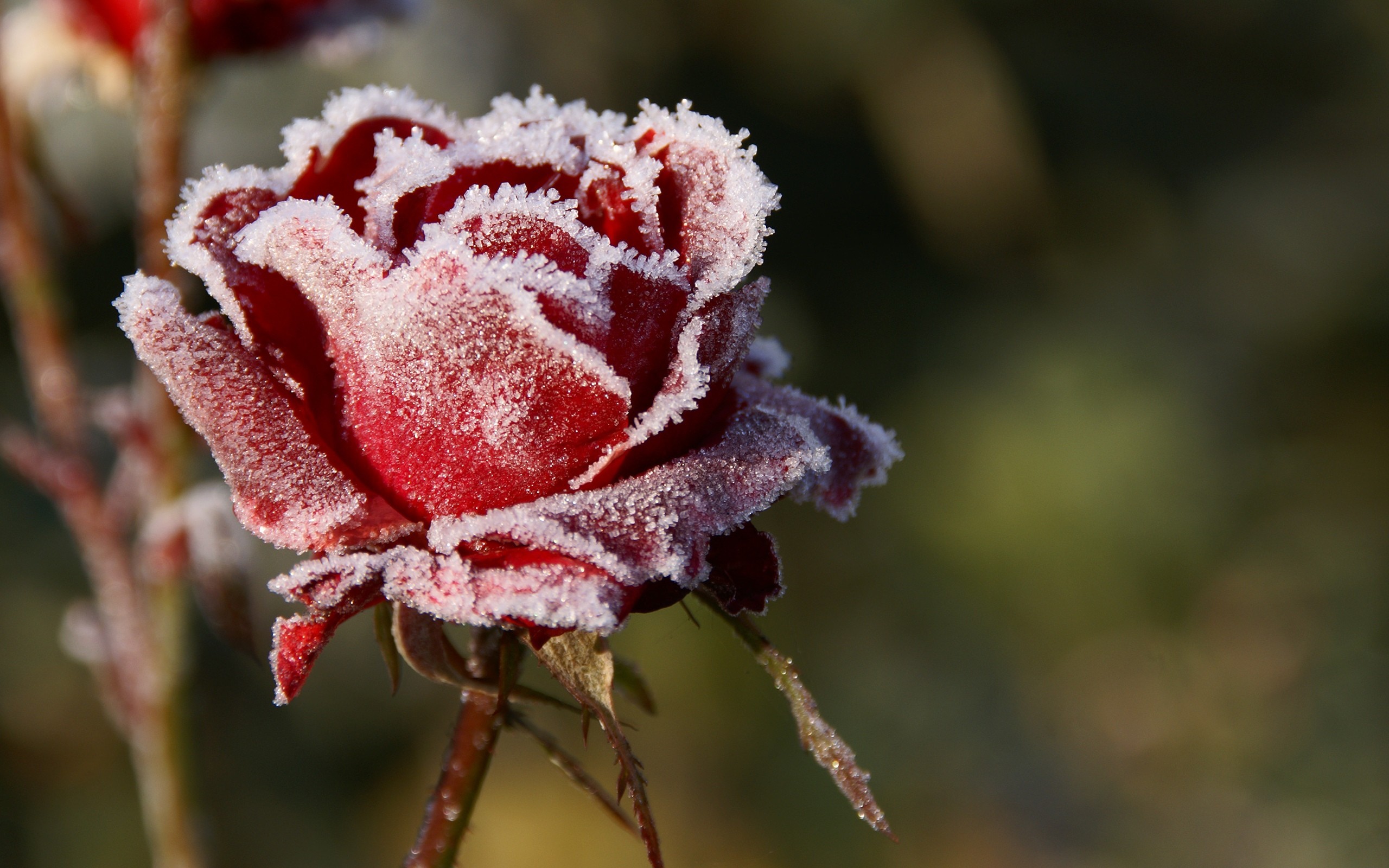 How to prune roses in the fall: timing, pruning rules, pros and cons
How to prune roses in the fall: timing, pruning rules, pros and cons What are the varieties and types of roses
What are the varieties and types of roses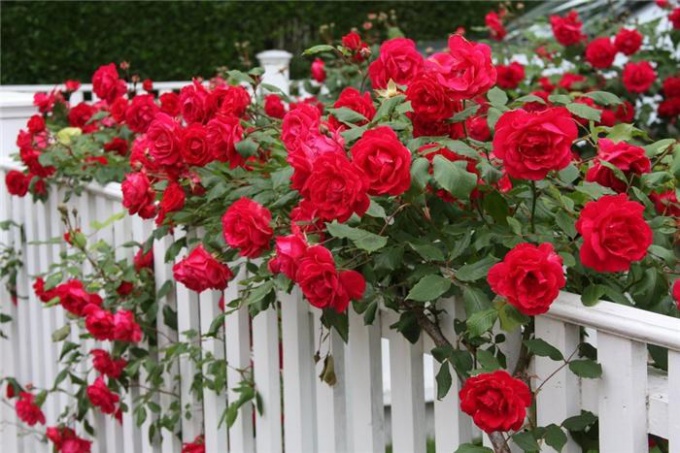 How to process roses with iron sulfate in autumn: proportions, advantages and disadvantages
How to process roses with iron sulfate in autumn: proportions, advantages and disadvantages